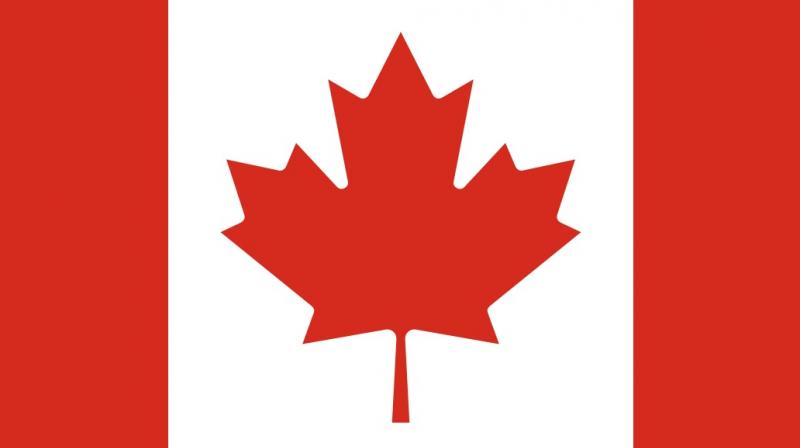 Canada’s relationship with immigration has always shaped both the country’s economy and the lives of diasporic communities — Punjabis among them. In 2025 the effects of tightened immigration policy became clearly visible: government data show that from January 1 to August 31, 2025, Canada welcomed 276,900 new permanent residents, while policy changes and a fall in non-permanent residents have slowed overall population growth to near zero. The federal Immigration Levels Plan for 2025–2027 explicitly aims to reduce the share of temporary (non-permanent) residents to 5% of the population, down from roughly 7.3% today, and sets lower permanent-resident targets for 2026–27. These shifts — cuts to student and temporary worker intake, tighter work-permit rules, and new limits on student stays — are already reducing the flow of people who historically formed Canada’s labour and student cohorts.
Canada’s relationship with immigration has always shaped both the country’s economy and the lives of diasporic communities — Punjabis among them. In 2025 the effects of tightened immigration policy became clearly visible: government data show that from January 1 to August 31, 2025, Canada welcomed 276,900 new permanent residents, while policy changes and a fall in non-permanent residents have slowed overall population growth to near zero. The federal Immigration Levels Plan for 2025–2027 explicitly aims to reduce the share of temporary (non-permanent) residents to 5% of the population, down from roughly 7.3% today, and sets lower permanent-resident targets for 2026–27. These shifts — cuts to student and temporary worker intake, tighter work-permit rules, and new limits on student stays — are already reducing the flow of people who historically formed Canada’s labour and student cohorts.
For the Punjabi community this policy turn is significant because Punjabis have been among the most numerous and visible immigrant groups in Canada for decades. Census-based population series show that Punjabi-speaking Canadians grew from relatively small numbers in the late 20th century to become a large and established community by 2021. For example, available demographic compilations list Punjabi-speaking Canadians as roughly 73,810 in 1981, rising to 167,930 in 1991, 338,715 in 2001, 545,730 in 2011, and 942,170 in 2021 — reflecting big increases in each decade as migration, family sponsorship and community settlement accelerated. Those decade-by-decade gains underpinned Punjabi communities in British Columbia, Ontario and Alberta and shaped local economies and politics.
Looking back decade by decade helps show what’s changed and why 2025 feels different. In the 1970s and early 1980s, immigration from Punjab to Canada was significant but much smaller in scale; newcomers often arrived under family-class programs and concentrated in initial gateway cities (Vancouver, Toronto). The 1990s saw a step-up driven by broader federal economic immigration changes and family class backlogs being cleared; Punjabis established deeper roots, built institutions and increased political representation. The 2000s and 2010s continued that rapid growth, supported by higher overall Canadian immigration targets, expanding student intake and temporary worker programs that created pathways to permanent residency. By the early 2020s, however, Canada’s post-pandemic shift — which briefly raised intake to very high levels and then reversed course amid affordability and housing concerns — meant that policy swung from expansion to contraction, squeezing the channels (students, temporary workers, some economic pathways) through which many Punjabis arrived.
That policy reversal matters practically. Many Punjabi families and students who planned migration on the assumption of relatively open student-to-work-to-PR routes now face higher uncertainty: tougher student permit rules, caps on the number of new temporary residents, and longer processing/backlog times for permanent-residence decisions. IRCC reported a large number of PR decisions and admissions in early 2025 (efforts to meet the 2025 target), but backlogs remain substantial and the government’s lower targets for 2026–27 signal reduced future intake. For workers in sectors with high Punjabi representation — trucking, construction, food processing, agriculture and personal services — reduced temporary-worker intake and more restrictive approvals could shrink employment pathways and make family reunification slower.
The social and demographic result is visible: some Punjabis are reconsidering long-term plans in Canada. While many remain and continue to build businesses, mosques/gurdwaras and civic networks, there are growing reports of return migration, stalled sponsorships, and a slowdown in new community growth compared with the rapid expansion of the 1990s–2010s. At the population level, Statistics Canada’s recent releases show a marked decline in non-permanent residents (study permit holders in particular) in early 2025, a big reason Canada’s short-term population growth has decelerated. That decline in non-permanent residents is a central policy lever the government is using to reach the 5% goal, but it will also mean fewer newcomers in the near term who historically formed the next wave of permanent settlers.
In sum, the Punjabi Canadian story — rapid growth and deepening settlement across decades — now meets a policy inflection point. Historical gains that were driven by generous student and temporary worker routes plus active family sponsorship are meeting new ceilings and carefully calibrated reductions. The near-term consequence is a slowdown in community growth and more friction for individuals